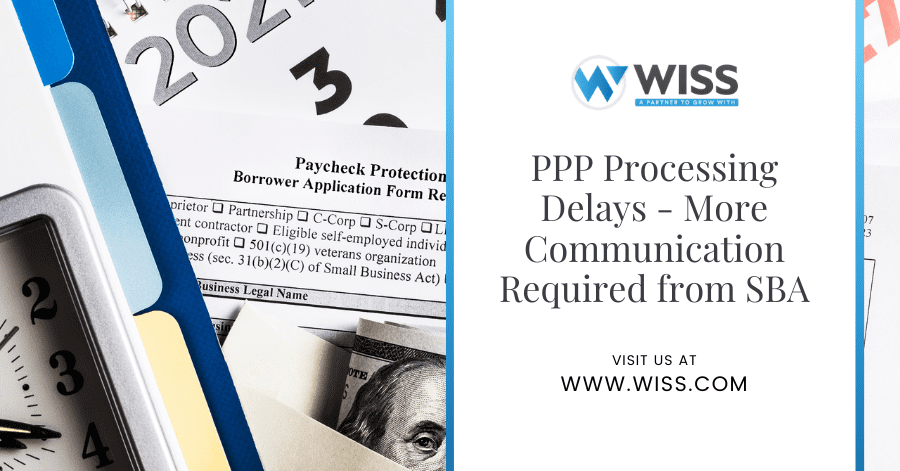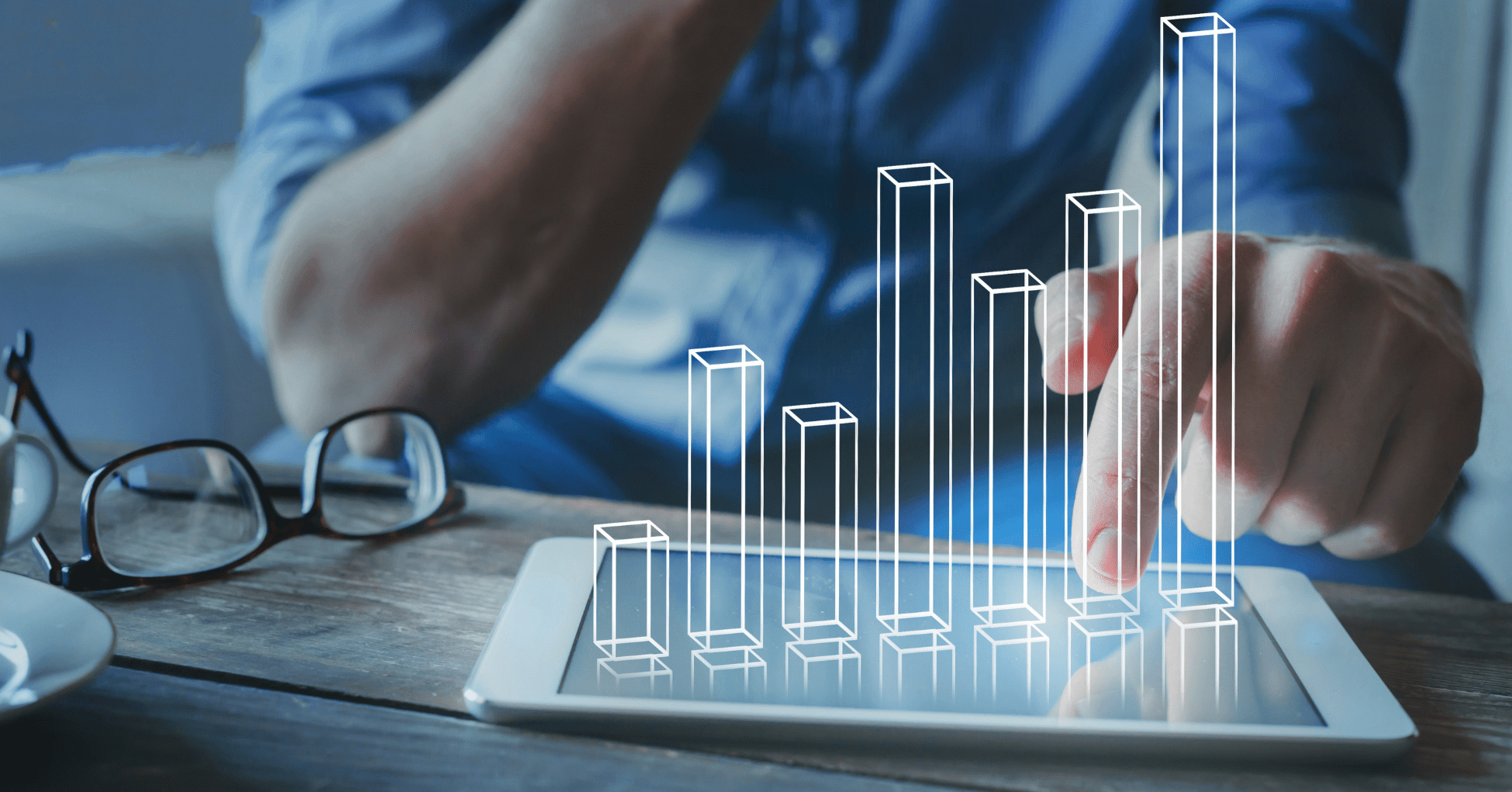When the Small Business Administration rolled out the Paycheck Protection Program in 2020, there was an immediate need to stem the losses and financial difficulties that small business owners were facing due to the pandemic and government-mandated shutdown orders. The early days of PPP were fraught with processing issues, incomplete or inconsistent guidance, and a lack of reliable resources for small business owners to reference when applying for their loan. Guidance improved somewhat throughout the year, but there were still various issues outstanding when the application window closed August 8th, 2020.
Fast forward to PPP3 – don’t you think the SBA and Treasury would have everything figured out? Not so fast – we are unfortunately dealing with a number of issues which require clear and effective communication from the SBA and Treasury. We are advising all clients to be patient with their lender and the process, as some of the problems we are seeing during this round of PPP are out of the lender’s hands. Below is a summary of issues small business owners should be aware of as they apply for PPP 1 loan forgiveness and PPP 2 loans.
SBA E-Tran System
E-Tran is an electronic loan processing system used by SBA to process loans under the 7(a)-lending program, which includes PPP loans. E-Tran allows lenders to communicate and perform transaction processing directly with SBA, cutting down on manual processing time and paperwork. In theory this system should expedite and facilitate the smooth processing of PPP loan applications, but in reality, the system has become overwhelmed and bogged down at times due to the volume of PPP loan applications submitted by lenders. What is more concerning during this latest round of PPP funding is the fact that SBA has implemented additional verification and validation checks to eliminate and curb fraudulent loan applications.
The verification process has had the unfortunate effect of delaying approval for tens of thousands of legitimate loan applications, denying much needed liquidity to struggling small businesses. Lenders and small businesses do not understand why the loan applications are being rejected, as there are up to 40 loan denial codes lenders must work through to be able to process, approve, and fund these PPP loans. Some of the issues are related to incorrect Tax ID, erroneous criminal background flags, or system and software issues.
It could take 7-10 days for a borrower to resolve an application error with their lender, so borrowers should be mindful of the timing of their application. The loan is approved and funding is allocated only when the borrower receives their SBA E-Tran number.
Error Resolution and Processing Delays
Up to 30% of all loan applications are being flagged and held up in queue due to the verification checks and processing issues with the E-Tran system. Some of the issues stem from a lack of clear-cut guidance from the SBA. For example, a Sole Proprietor may have applied for a 1st Draw PPP loan during 2020 with the Social Security Number. The same borrower applies for a 2nd Draw PPP loan during 2021 but is now required to use the businesses Employer Identification Number when applying for the loan. SBA should immediately provide guidance to lenders regarding the error resolution process and it would be welcome if the SBA provides updates to the small business community, to quell fear and anxiety in the system.
Loan Limit Cap
The biggest challenges during the 2020 PPP application window occurred when SBA implemented program and compliance changes without notice or warning to the lending or small business community.
SBA is limiting loans to $35,000 per employee for both 1st Draw and 2nd Draw loan applications. SBA has not provided guidance to lenders regarding the arbitrary cap and the lender is unable to provide more information to borrowers. SBA should clearly communicate the employee loan limit cap as small businesses are confused and anxious when their expected loan amount is arbitrarily capped without explanation. This tactic also elicits fear amongst the small business community – if SBA can limit the loan amount per employee what else can or will the agency do next? Small businesses have been struggling for almost a full year at this point, SBA should not stoke additional fear and anxiety unnecessarily.
Funding Levels
We are recommending that clients take a cautious approach and exercise some patience before applying for their 2nd draw PPP loan. There is a possibility for many small businesses to claim the Employee Retention Credit and receive the PPP loan if business owners understand this planning opportunity. It would be extremely helpful if SBA clearly and timely communicated funding allocated to approved loans and funds available to future applicants. Many sources indicate funding for this round of PPP should be sufficient to last until the March 31st application deadline.
PPP 1 Loan Forgiveness
The Economic Aid Act signed into law on December 27th provided for an expansion of eligible non payroll costs used to achieve loan forgiveness in addition to a simplified loan forgiveness application for loans $150,000 or less. Many lenders have closed their portals for a few weeks to update their forms and perform maintenance. Borrowers should be able to submit their forgiveness application in a few weeks, it is important to be patient with the process.

 Previous
Previous


